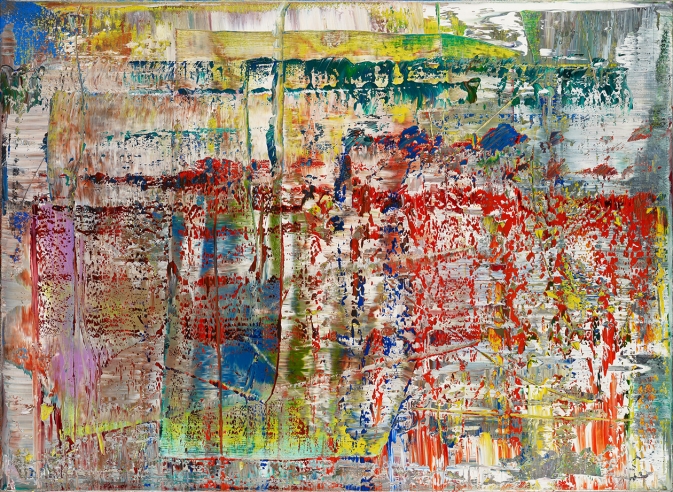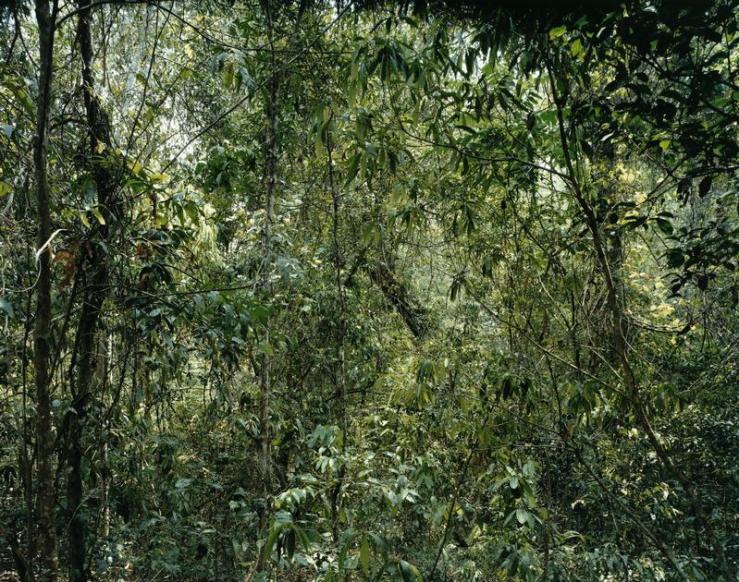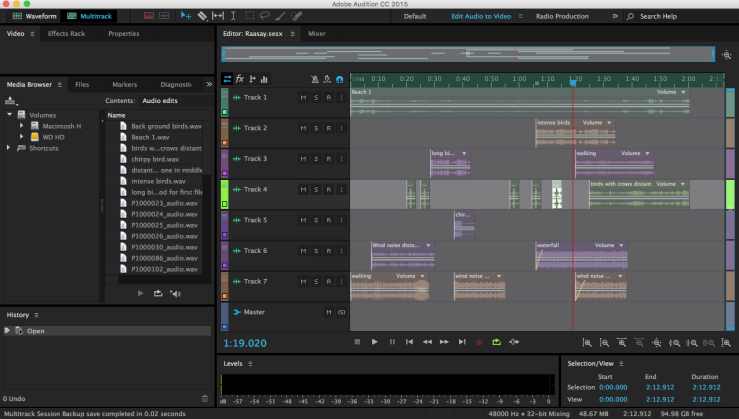
Introduction:
The Poetic Project is a direct response from out field trip to the Isle of Raasay in Scotland. During the trip we had several workshops with local artists designed to immerse ourselves in the environment and to feel rather than see.
Although surrounded by sea, I found myself drawn to the forest and inland spaces, rather than the coast line. I found myself awake a lot earlier than my course mates, so I decided to use the time to capture the sounds of the island and wildlife before any human interruptions. I took my camera and audio recorder out and just listened to the sounds through my headphones, this immersed my sense of hearing in the amplified and concentrated world I was discovering.
Visually I was drawn to the impact on the landscape of the diseased trees in the woods that became infected when Rhododendron plants were introduced to the island during the Victorian period. This act of man has left a permanent scar on the landscape, with acres of woods filled with dead trees and tonnes of felled lumber, cut down by the Forestry Commission in an attempt to stop the spread of the deadly fungus.
I started to record the impact of mankind on the island, from the diseased woods and abandoned homesteads, to the mines in the hillsides and their railways that cut through the land for miles to the sea.
Having returned from the trip, I reviewed my footage and initially struggled to come up with a concept for the film. I didn’t want to produce a film that was something that the Scottish tourist board could use!
It was a combination of listening to poet Mark Goodwin, reciting the Sorley MacLean‘s ‘Coilltean Ratharsair’: Temptation in the Wood and looking at my photos I shot of Raasay that I started to feel a direction for my piece.
An initial thought was to use this single take clip. This clip was shot using the idea of the environment influencing the camera, I hung the camera from its strap allowing the wind and the terrain to dictate the frame whilst the group walked down onto the beach for an artist session. Although I like the shot, and it reflects my feelings on elements of the trip, I felt the constant movements at speed didn’t reflect my emotional interpretation of Raasay.
Research:
As with my other films, I reverted back to researching other artists to help guide me. Ken suggested that my some of my development films looked like Gerhard Richter’s abstract paintings. I was layering up imagery to create abstract forms, similar to Richter’s use of paint textures.

1990 92 cm x 126 cm Catalogue Raisonné: 724-4
Oil on canvas
A photographer that I found who has a whole body of work on the environment was Thomas Struth. The images that I particularly liked were both organic and made made environments, again using layers to build up depth and a visual texture that tied into my initial thought process for the project.


Video Development:
After taking inspiration from my research, I selected several photographs with strong lines, these included natural lines from fallen trees and man made lines from the concrete pillars of a railway viaduct. I cropped out any skylines from the images so that the viewer would not be distracted from the contents of the frames. Below are a selection of screen grabs showing the individual images that I selected and how they were layered in Photoshop. This gave me the basis for my canvas. The next stage was to add moving imagery to build the piece.
Experiment with video and photographic elements:
Above is an early experimentation with the integration of the video clips. I had a lot of footage focusing on tiny elements of nature on the island, including clips of lichen, fungus and flowing pools of water. I hadn’t realised at the time of filming that the camera had the auto focus set and whenever I had setup my shot, after a few seconds the camera tried to refocus. This technical oversight on my part affected what shots were available to me. I experimented with with various clips, including single branches of gorse blowing in the wind, underwater footage from the GoPro camera and other woodland shots. The clip that really worked for me was one were I tried to capture the height of a group of trees in the forest, where I ran from roots to canopy of the trees. This frame provided strong vertical lines that worked well with my piece. I did include other clips over the top but I felt that this broke up the lines and made the image to muddled, so I cut them.
The timing of the tree shot was quite quick, it was only a passing clip that I shot and then proceeded to carry on filming whilst walking with the camera pointing up in the air – another lesson of what to do if you want to produce poor imagery! I cropped the clip down to just the pan section, this reduced it to only a few seconds, so I decided to experiment with the temporal element. What worked well was stretching the clip out to nearly a minute in length, although this made the clip a little jumpy, due to the frame rate, I liked the pace and how it works with with the still imagery, particularly when I dropped the opacity down to allow the two elements to blur together. I developed this clip further by reversing it, this gave a pan up and back down for the duration of the two minute film. My final experiment was to reverse the order of the pans and layer them again over the top the of other elements. This created an interesting effect as a viewer where you could look at different parts of the frame and your eyes could be drawn in different directions.
Audio:

One of my gripes from the trip to Raasay was the conduct of some of my fellow course mates. I had large quantities of my audio that was ruined by people shouting in the middle of recordings. However, because I had gone out by myself I did have some ‘clean’ files. I removed all the audio from the original video clips as I decided that I needed to build a dedicated soundscape to convey my interpretation of Raasay’s elements. Key elements I wanted to include was wind, water, animals and the flora and fauna. The main bed of track, that runs through the whole two minutes, was a recording of the lapping waves on the beach. This track stood out for me, and fitted with my idea of impact of man, as when I was recording the waves, you may be able to hear the speedboat approaching from the distance with Nick and a small crew of students on board. Other clips of audio include Ken pushing over one of the dead trees in the woods. I manipulated this track by time stretching and adding reverb to give a greater spacial presence.
The key feeling I wanted to get from the audio was the contrast that you could get in the levels of sound on Raasay. One minute you could be in what seemed to be near silence, the next the wind would be deafening. I played with the volumes of the different clips to try and emphasise this. I also allowed clips to become distorted because of their volume, this was an interpretation of how harsh the environment can be on your senses. Where ever you went you could hear bird song, from the heath land to the seashore. Experiencing the morning chorus was one of the most beautiful, diverse and intense sounds from the trip, one I included several elements of in the soundtrack.
Summary:
I think that the film works very well. I would like to see it projected on a large screen with a loud sound system to give the full effect of the piece. Ideally I would look at mixing the sound with a 5.1 surround system to allow me to play with the positioning of sounds to the viewer to give a even more immersive experience. I really enjoyed the trip to Raasay, it really is a beautiful landscape, and I hope my film allows viewers to take away a sense of what it was like to be there.





